Discover Your Interior Design Style
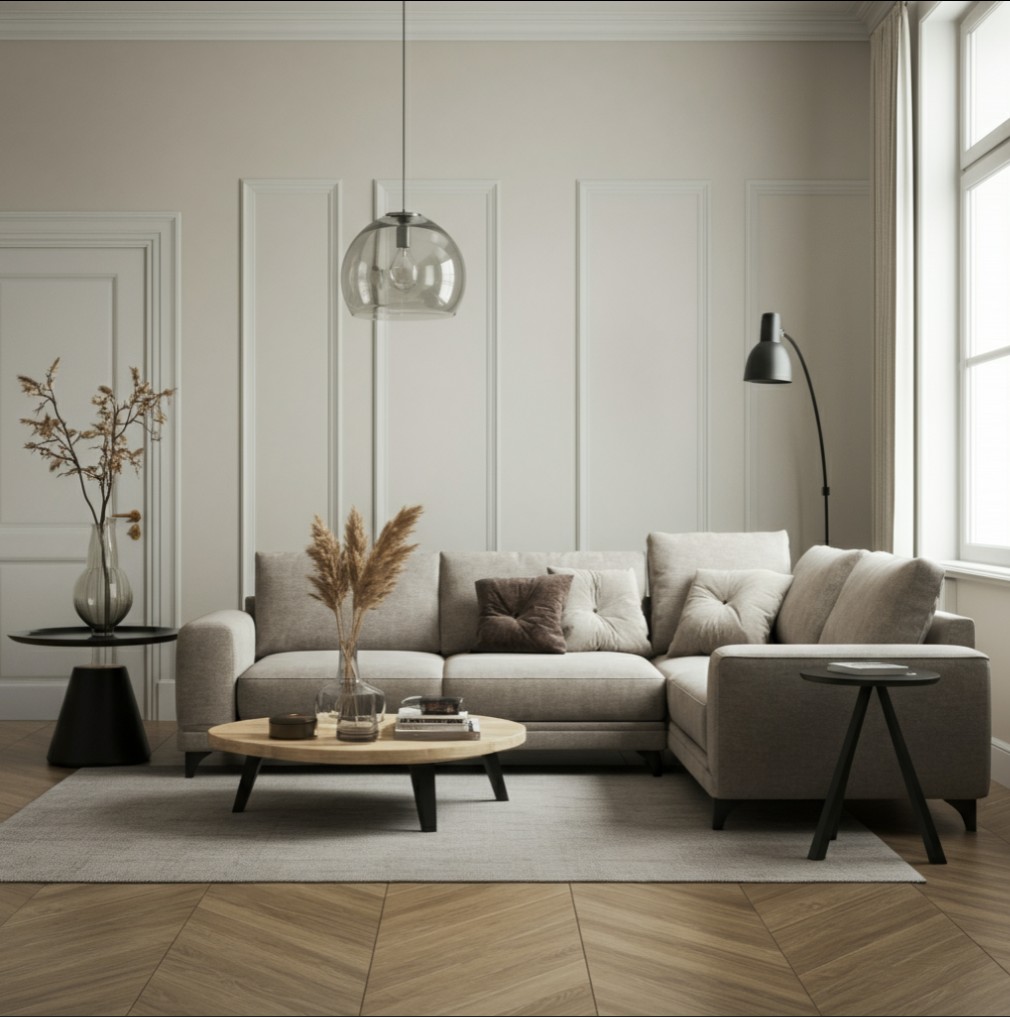
Have you ever walked into a space and instantly felt calm, inspired, or even anxious — without knowing exactly why? That’s not a coincidence. Interior design has a powerful emotional impact. From the colors on your walls to the lighting in your bedroom, every element of your home affects your mood, energy levels, and even your mental clarity.
Let’s explore the emotional side of interior design and why designing your home with intention can transform the way you feel every single day.
How Interior Design Affects Your Mood (According to Psychology)
Research in environmental psychology confirms that our surroundings shape our emotional well-being. Thoughtfully designed interiors can:
In short: good design isn’t just about aesthetics — it’s about how your space makes you feel.
Color Is More Than Style — It’s Science
Color psychology plays a huge role in emotional interior design. Here’s how certain tones can affect your mood:
Choosing the right color palette for each room can drastically change the emotional tone of your home.
Light, Texture, and Space: The Subtle Mood-Shifters
Beyond color, lighting and texture are silent influencers.
Together, these details create what we often refer to as a “vibe” — but in reality, it’s your nervous system responding to your environment.
Related Products
One Room Design – Vision
$750.00Master Bathroom – Transformation
$1,200.00Master Bathroom – Vision
$750.00Interior Design That Supports Your Lifestyle
Modern emotional interior design is all about personalization. Ask yourself:
Your home should reflect who you are and who you want to become. When your space supports your emotional needs, everything else flows more easily.
Final Thought
Your home is more than just four walls — it’s a mirror of your inner world.
Designing with emotion in mind doesn’t mean sacrificing beauty. It means enhancing your daily experience in subtle but powerful ways.
So the next time you rearrange furniture, choose a paint color, or shop for new decor — ask yourself:
How do I want to feel in this space?
Because the truth is, interior design shapes emotion, and your mood deserves good design.
Want help designing a home that makes you feel your best? Let’s create something beautiful — and emotionally supportive — together.


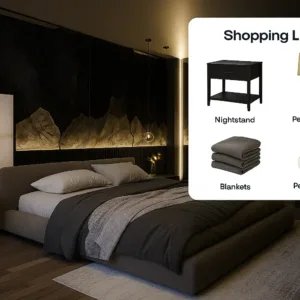
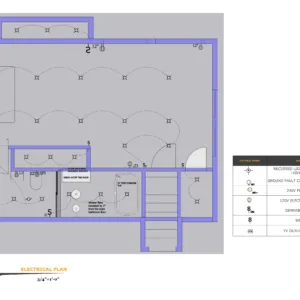
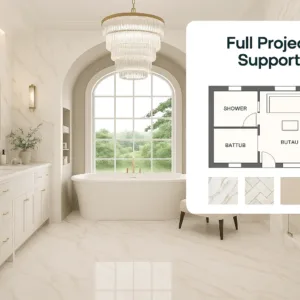
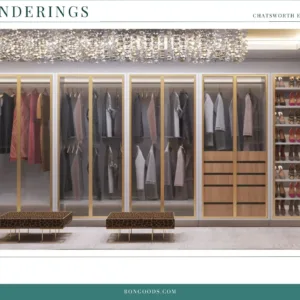
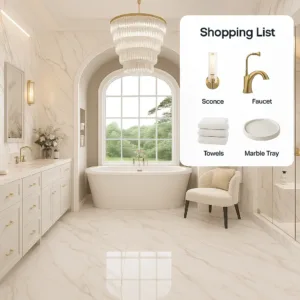
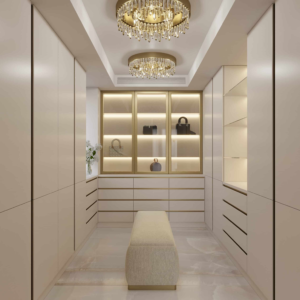
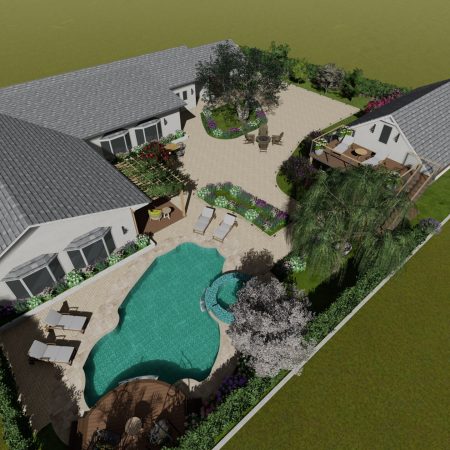
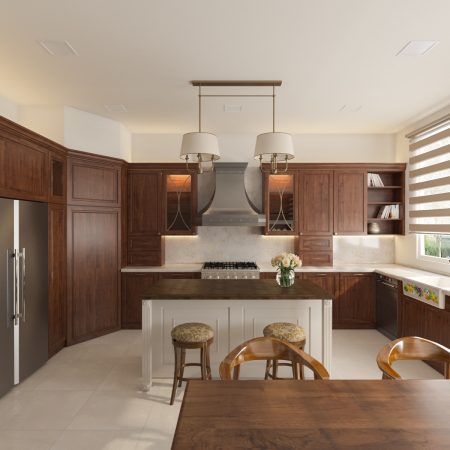
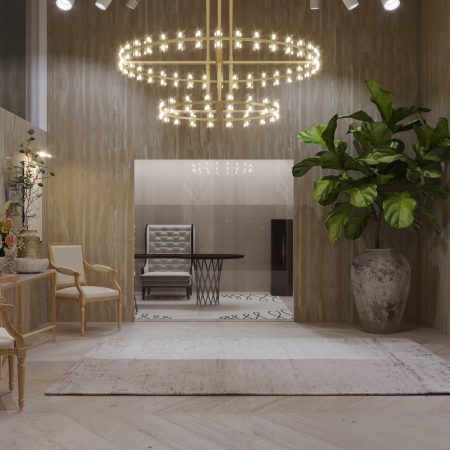
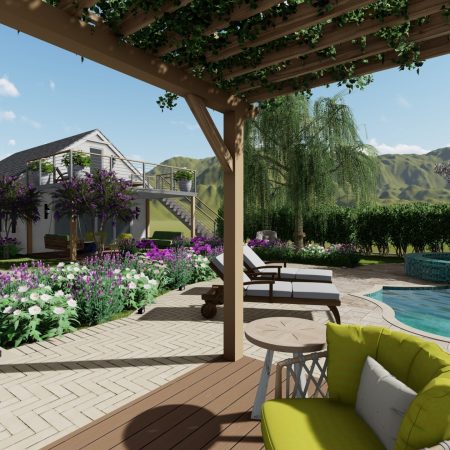
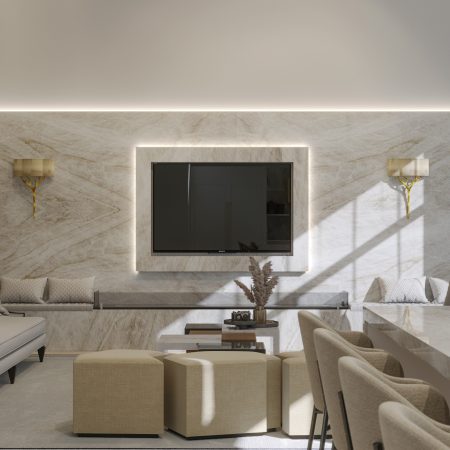
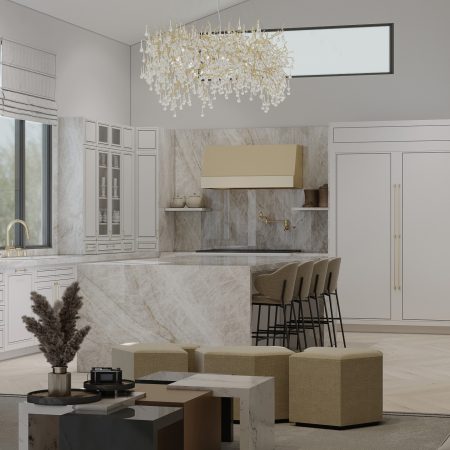
Comments are closed